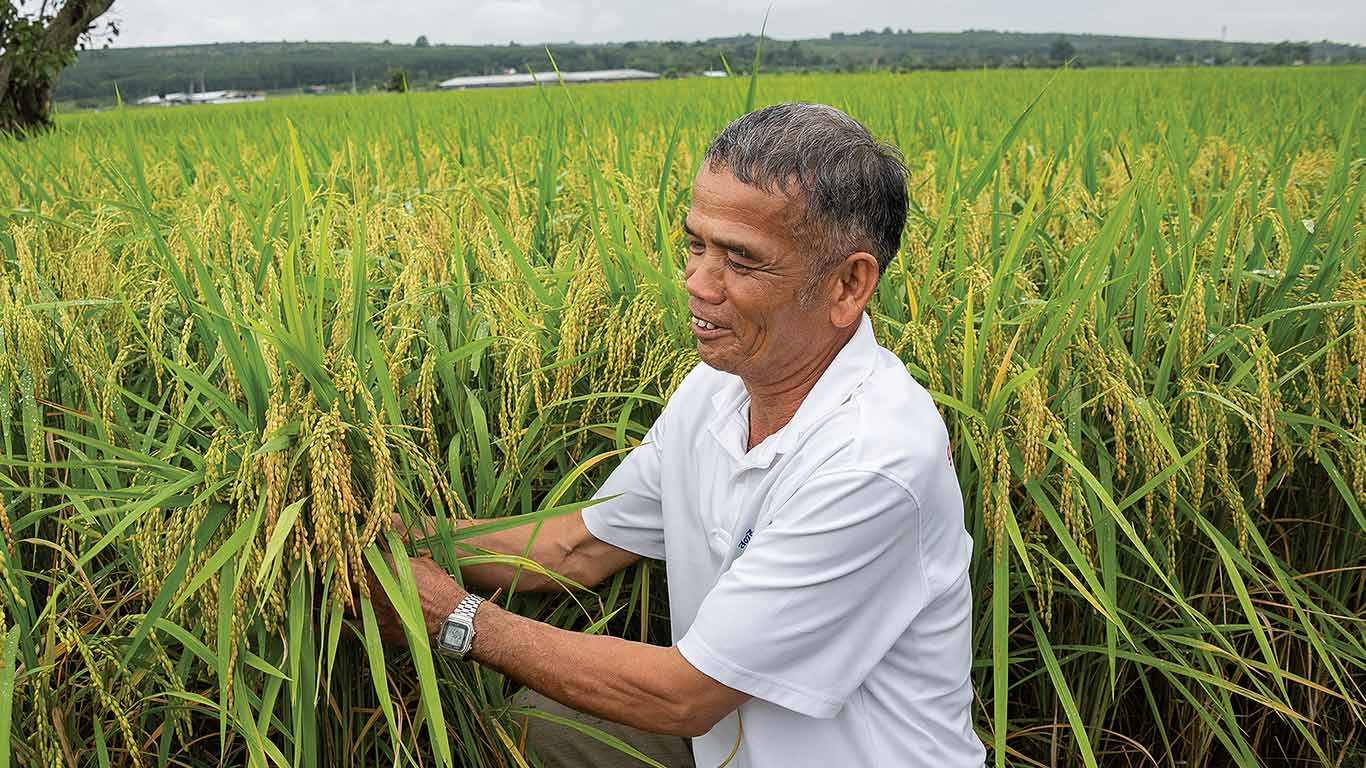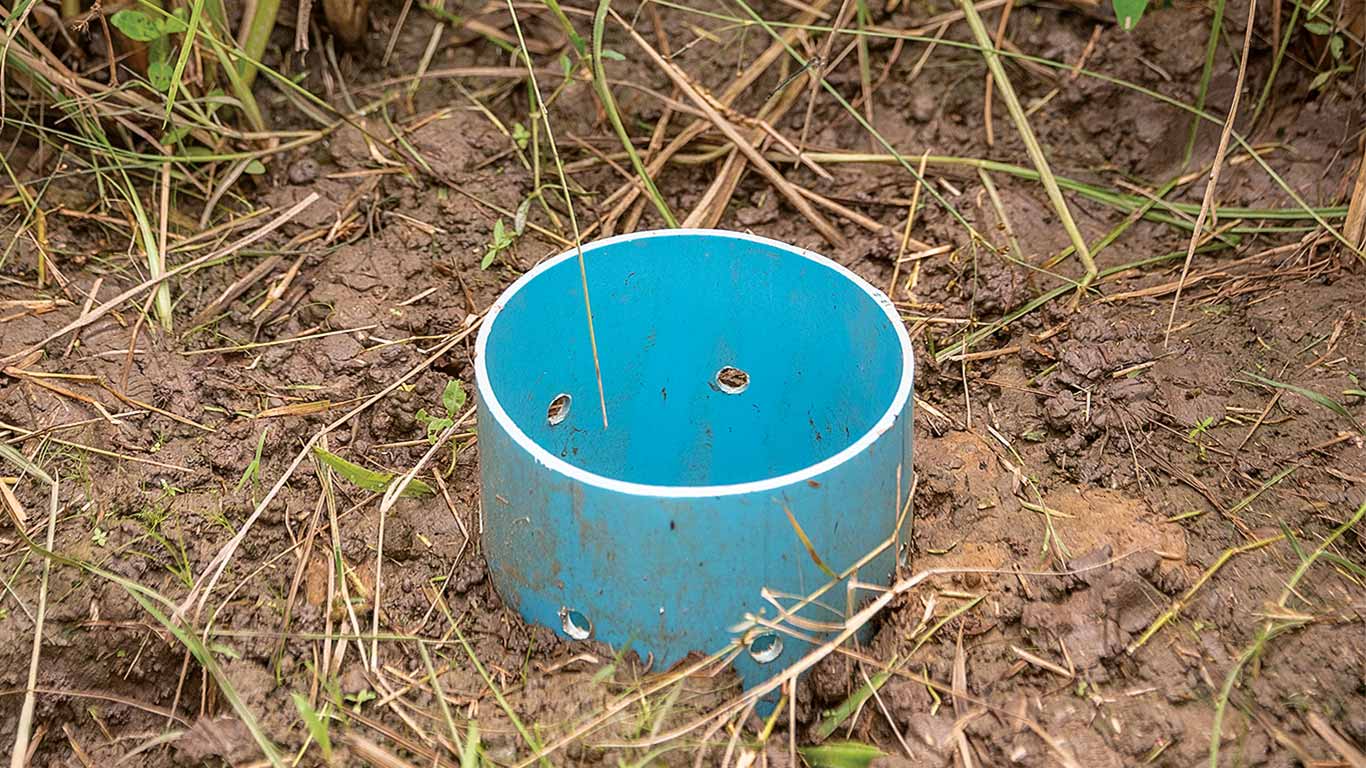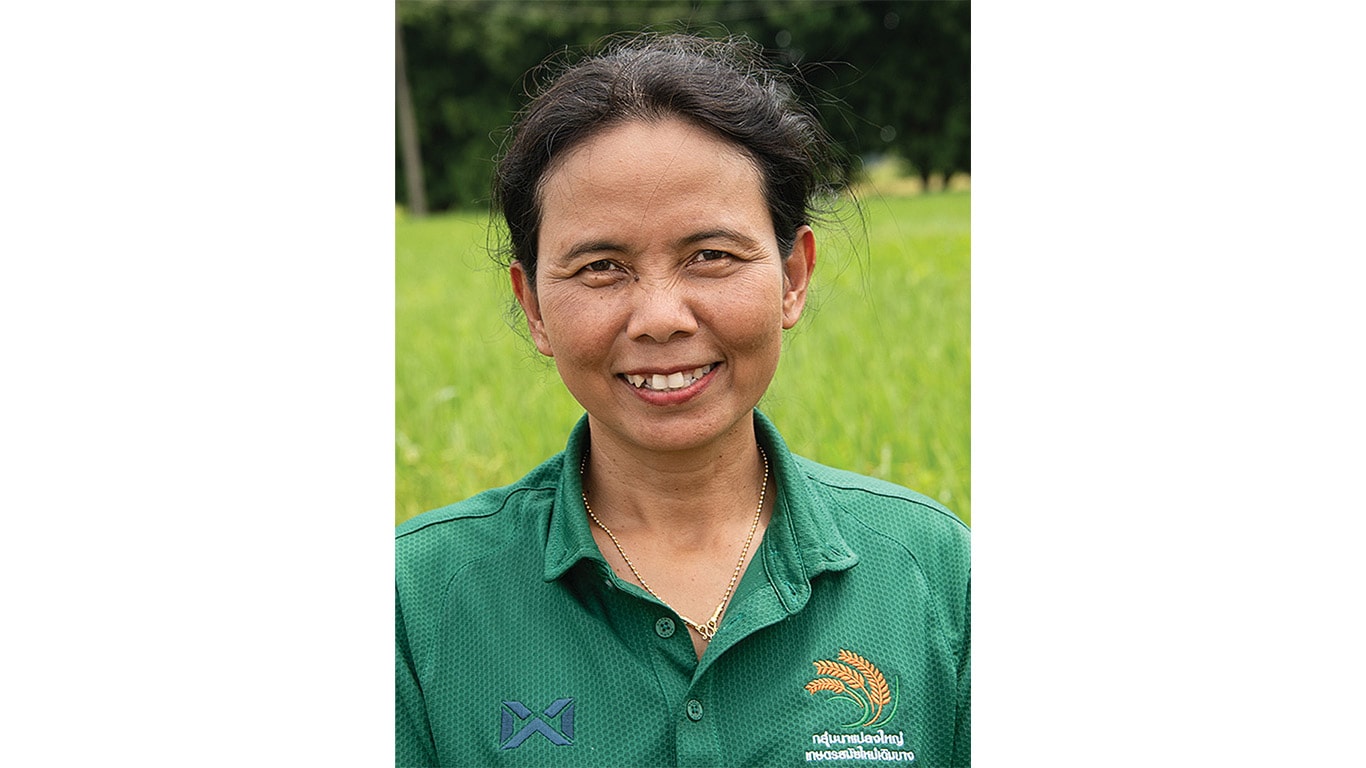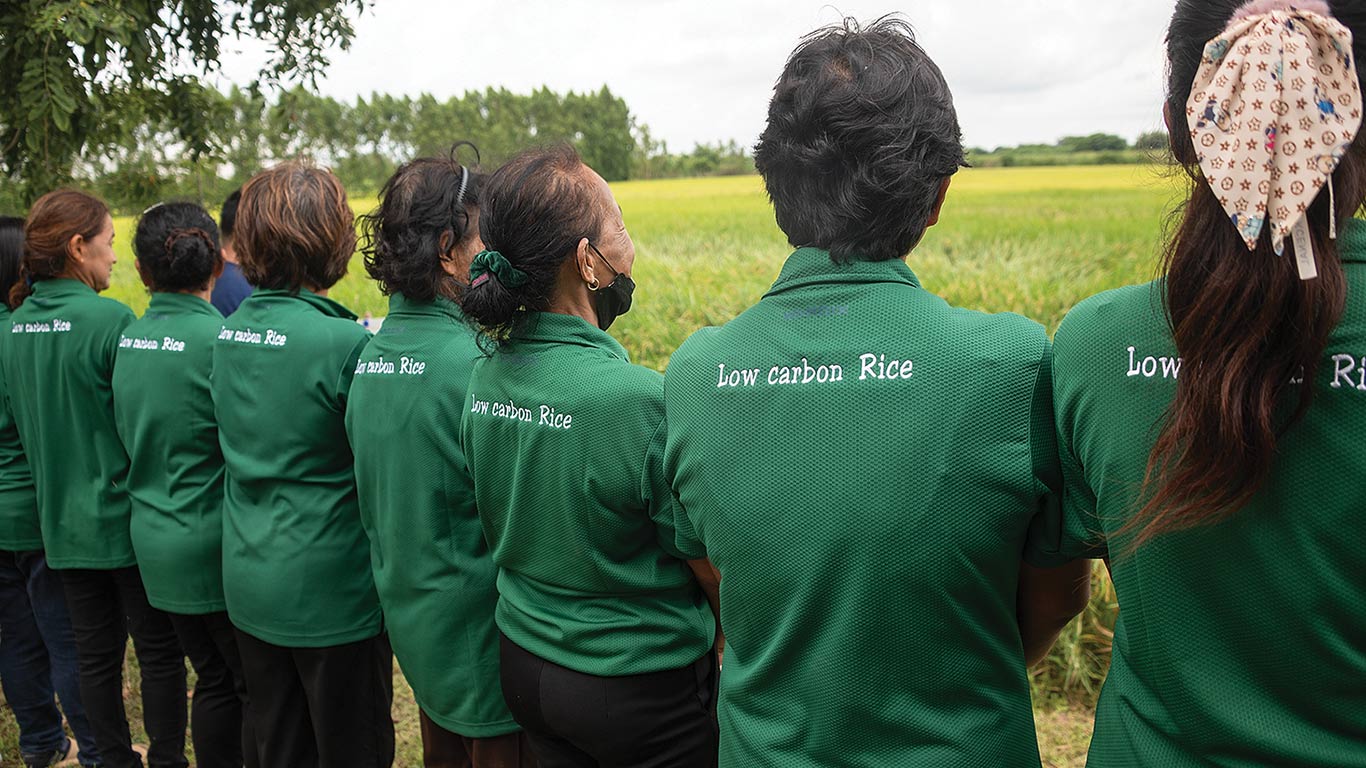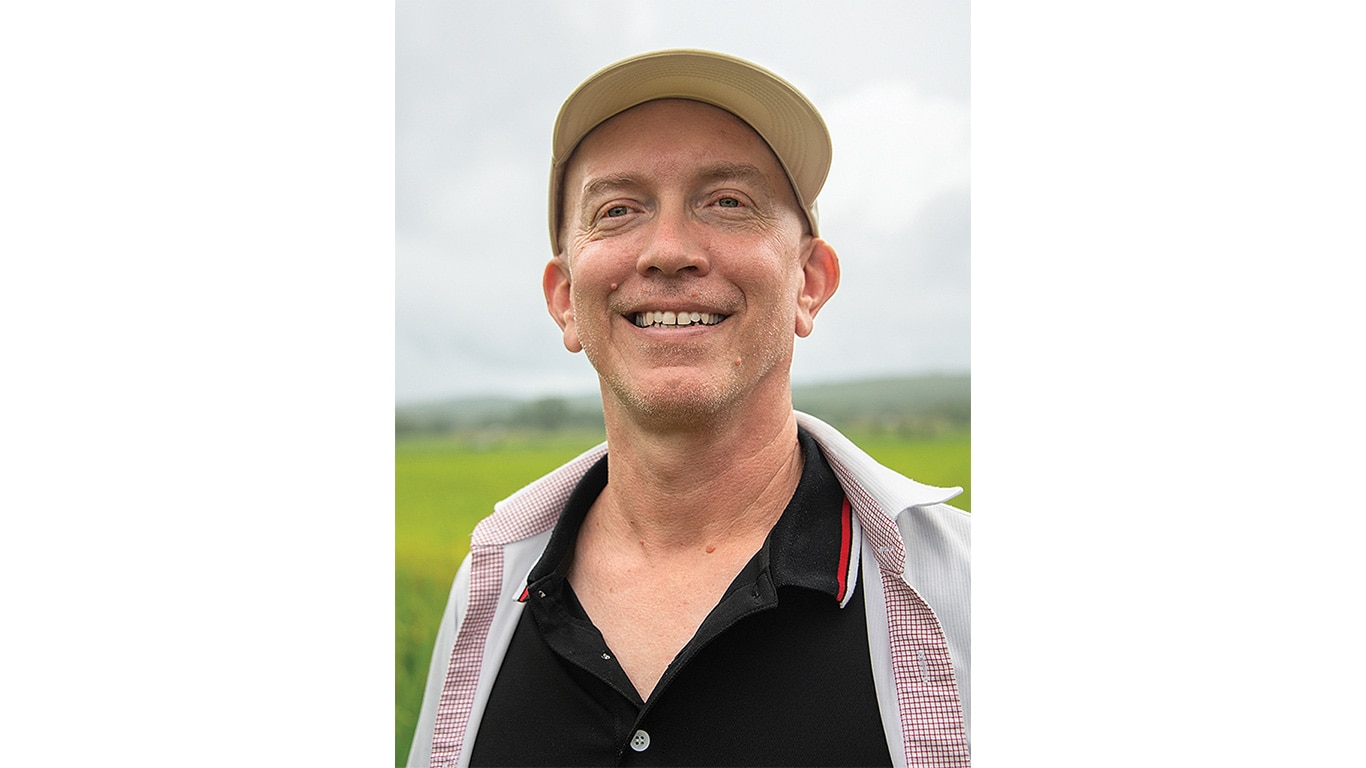Agriculture, Education September 01, 2025
Greener Rice
Ecological and economic sustainability make a big impact on small fields.
by Steve Werblow
The unusual, semi-aquatic production of rice offers opportunities to save water, lower pesticide and fertilizer use, reduce greenhouse gases, and improve the livelihoods of as many as 150 million farmers around the world.
That all sounds like music to the ears of policy makers, farmer advocates, and food companies facing demand for "green" ingredients. It's driving several innovative projects, including a multi-national Sustainable Rice Platform and Thailand's Sustainable Rice Landscape Project.
Methane. Microbes in the anaerobic mud of a flooded rice field produce significant amounts of methane, a potent greenhouse gas. Bjoern Ole Sander of the International Rice Research Institute (IRRI) points out that "rice in some Asian countries produces as much emissions as the whole transport sector of that country."
Rice farmers can be part of the solution to reducing greenhouse gas emissions. A process called Alternate Wetting and Drying (AWD)—draining flooded fields to create aerobic conditions in the soil—can lower methane emissions by 30 to 80%.
In Thailand, which harvested 30 million metric tons of rice last year and is among the world's top 3 rice exporters, the time and market are ripe for low-emissions rice. A nationwide sustainability initiative combines AWD with integrated pest management (IPM), careful fertilizer management, and crop rotation.
Dozens of partners in the public and private sectors have teamed up to bring the techniques to farms throughout the nation. For instance, Olam Agri pays a premium for sustainably grown rice. PepsiCo, eager for more potatoes to supply its growing Lay's® potato chip business in Thailand, contracts prices in advance for spuds grown in rotation with sustainable rice. And a suite of subsidies sweetens the pot.
So far, 30,000 Thai farmers have been certified through the Sustainable Rice Platform, says German Mueller of GIZ, the German sustainable development agency spearheading the project. The goal, he says, is to inspire 300,000 Thai farmers to adopt the platform's practices and enlist in the associated Sustainable Rice Landscape effort by the end of the current decade.
Above. Thai village leader Phat says careful management of water, chemicals, nutrients, and crop rotation allowed him to double his acreage. This PVC pipe provides a window into soil moisture levels. Suwanee Phorandha hosted a sustainable rice field day on her farm, organized by CropLife International's Thai affiliate. Phorandha's fellow farmers celebrate low-carbon rice, which earns a premium price. German Mueller of Germany's development agency, GIZ, says the initiative he leads improves economic and environmental sustainability.
Testimonials. Testimonials by demonstration farm hosts like Mr. Phat in the Wiang Po Pao district in northern Thailand's Chiang Rai province are likely to help.
Phat, the leader of his village, hosted a group of farmers, sponsors, and journalists on his farm, part of 300 hectares of Sustainable Rice Landscape demonstration farms in the area. He rotates rice, corn, and potato, and no longer burns rice straw after harvest. Yellow sticky traps help him monitor insect levels for his IPM program, which also includes the application of Trichoderma, a beneficial fungus that helps combat crop diseases.
Phat says his sustainability practices have allowed him to reduce pesticide use by 70% and cut his fertilizer bill in half. He credits the program for boosting his profitability and allowing him to rent land to double his farm size to 6 hectares (14.8 acres).
In the central Thai province of Suphan Buri, farmer Suwanee Phorandha hosted a field day for more than 100 guests organized by CropLife International and its Thai affiliate, TAITA. An entomologist trained farmers on sweep netting brown plant hoppers. Growers discussed IPM and nutrient management. A pair of pesticide application drones buzzed the field, and TAITA distributed information on personal protective equipment, IPM, and proper container management.
Dozens of growers also filed out into Suwanee's rice field to see the perforated PVC tube that acts as the key to AWD.
Two-thirds of the foot-long tube is inserted into the soil as a window to the soil's water level. When the tube is dry 6 inches below the surface, it's time to irrigate the rice again to avoid yield loss. Suwanee installed one tube for every 5 to 10 rai (2 to 4 acres) of rice on her farm.
Precision water management requires extremely flat ground. Suwanee, with funding from GIZ, brought in a contractor to laser-level her fields, a process she will need to repeat about every 5 years. Sander from IRRI says the institute is studying the effects of laser leveling, but the indications are that investing in leveling "is the kind of subsidy that not only helps with AWD...it helps a lot on nutrient management, it needs less replanting after crop establishment, so there's a lot of benefits that are actually more interesting to farmers than the emission reductions."
American style. American rice farmers are also exploring AWD-like water management, notes Bruce Linquist at the University of California-Davis.
"There are non-continuous flooding practices being done in the U.S., and I would say it's pretty important," Linquist says. "Partly it's water savings, partly reduced emissions, and it reduces arsenic uptake."
The challenge in the U.S., he explains, is that draining and re-flooding is difficult on large fields—even once—especially if there is enough slope to leave low areas wet while the high side of the field is dry. Still, American growers are experimenting with a mid-season drain, especially in the South, where pumping flood water is expensive.
Linquist adds that methane reduction can be offset by increases in nitrous oxide emissions during dry stretches.
"You really have to co-manage your nitrogen and your water," he cautions. "You want to be draining when you know your soil nitrogen levels are low."
In Thailand, farmer associations are sharing success stories about suites of sustainable practices, from AWD to IPM.
"For the farmers, seeing is believing," says GIZ's Mueller. ‡
Read More

AGRICULTURE, SPECIALTY/NICHE
Backyard Biochar
Pyrolyzed wood waste can jump-start garden soils.
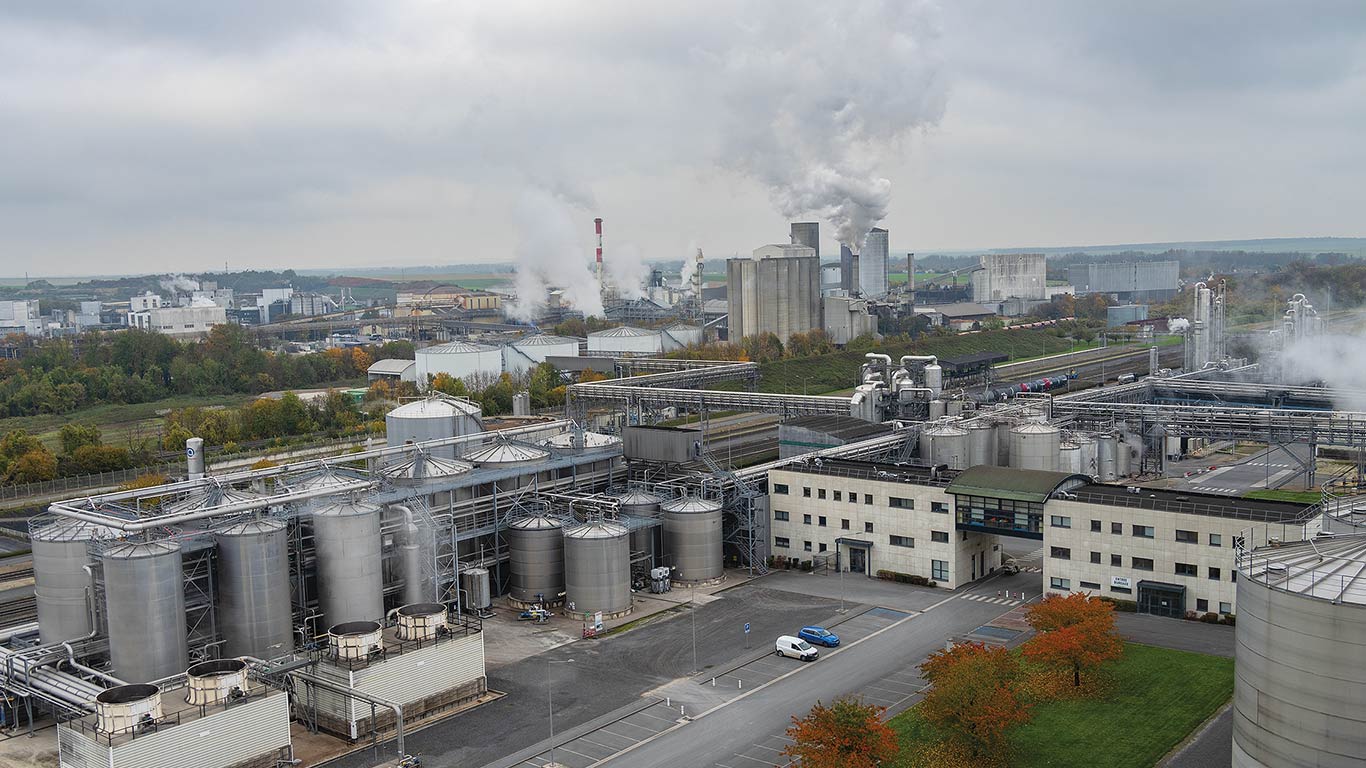
AGRICULTURE, SUSTAINABILITY
Combined Energy
Processors team up to improve efficiency and look to the future.



